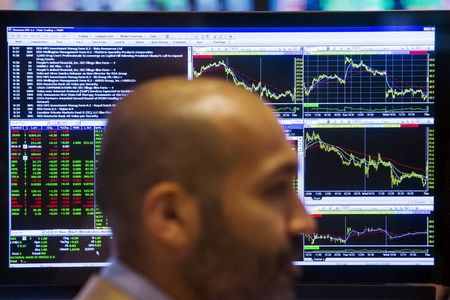Follow us on LinkedIn
In the realm of economics, goods, and services are classified in various ways. One such classification is based on whether a good is excludable or non-excludable.
When it comes to non-excludable goods, these are resources or services provided to the public that cannot be excluded from any party who wishes to use them – it’s a simple concept, but one of the most important.
What are Non-Excludable Goods?
Non-excludable goods are those that, once provided, can be used by anyone and everyone regardless of whether they have paid for them or not. These goods are accessible to all members of society without any barriers.
The key characteristic of non-excludable goods is the inability to prevent people from benefiting from them once they are available.
In simple terms, non-excludable goods are those that cannot be denied to anyone. It can be said that these goods are public goods, as they provide benefits to the entire society, not just specific individuals.
How Non-Excludable Goods Work
Non-excludable goods can be understood in two ways: one is through the lens of economics and the other is from a social perspective.
From an economic point of view, non-excludable goods are those that cannot be produced or consumed by only specific individuals or groups. It’s not possible to exclude people or limit access to these goods.
From a social perspective, non-excludable goods are those that benefit the public in some way.
This could be in terms of providing access to education, healthcare, or clean water, for example. These types of goods are often considered to be public services and can help promote equality within society as everyone has access to them.
Downsides of Non-Excludable Goods
One of the main drawbacks of non-excludable goods is their challenging financing aspect. Once these goods are provided, managing the cost becomes difficult.
Additionally, since they are used by everyone, they need repairs, maintenance, and upgrades. This means that their cost can become high, leading to a burden on taxpayers.
Moreover, non-excludable goods are not always used efficiently due to excessive demand or lack of proper planning. This can lead to a strain on the government’s budget as well as on the resources themselves.
Since there is no cost incurred by the user, people can tend to take these goods for granted. This may lead to a lack of appreciation and respect for the services provided.
Examples of Non-Excludable Goods
Non-excludable goods can be seen almost everywhere, here are some of the common examples of non-excludable goods
- Education
- Healthcare
- Public roads and transportation
- Clean air and clean water
- Parks and recreation areas
- Emergency services like police, fire, and ambulance.
Conclusion
To run a functional society or even an economy, these non-excludable goods are essential for the public. Although there are some drawbacks, these services can help promote equality and provide access to important resources. By understanding and staying aware of non-excludable goods, we can ensure that these services are available to everyone.
Further questions
What's your question? Ask it in the discussion forum
Have an answer to the questions below? Post it here or in the forum




